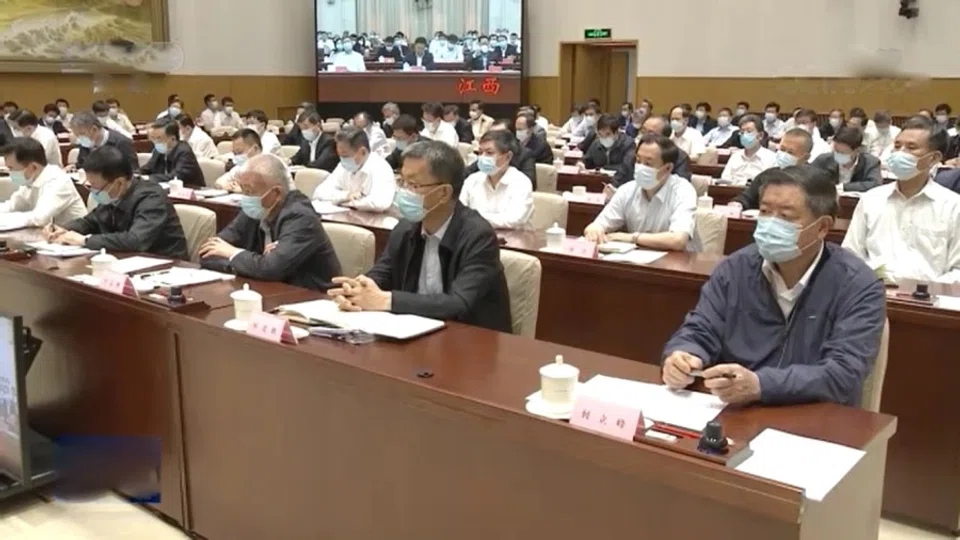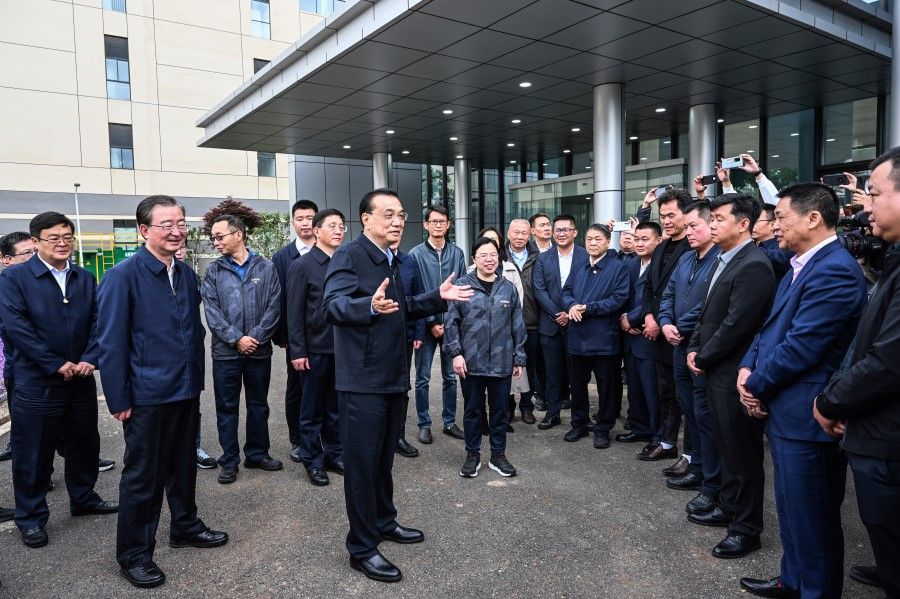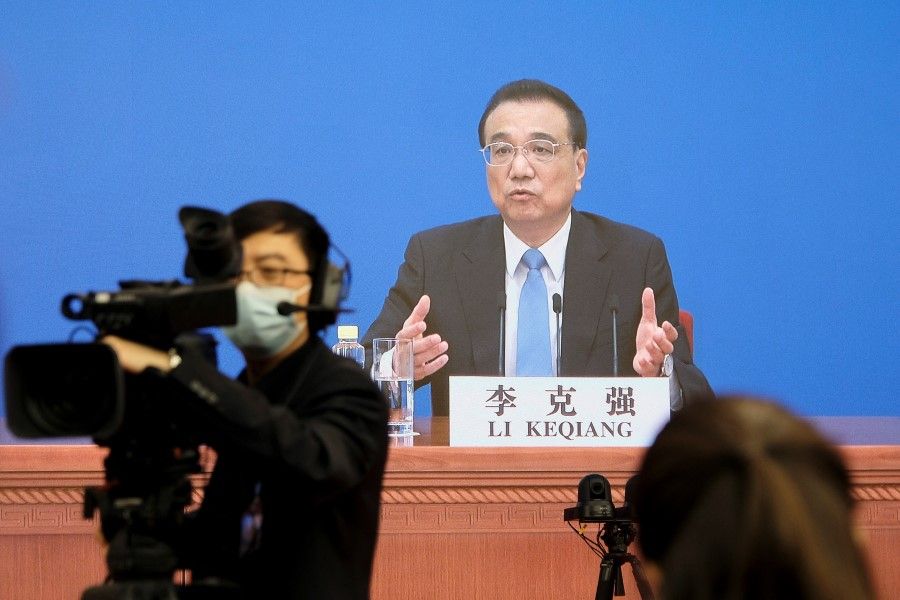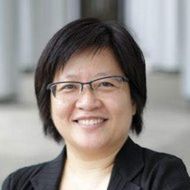Chinese Premier Li Keqiang's meeting of 100,000 attendees conveys sense of urgency on the economy

Recently, a flurry of inspection visits and key meetings has kept Chinese Premier Li Keqiang busy.
Over a week ago, Li made a three-day inspection visit to Yunnan, during which he took part in a symposium on stabilising growth and market entities and sustaining employment in Kunming. The governors of 12 provinces including Jiangsu, Zhejiang, Guangdong, Sichuan and Liaoning from eastern, central, western and northeast China tuned in via video conference. With the leaders of the top ten largest provincial economies in attendance, the session was no doubt a major one.
On 23 May, Li chaired an executive meeting of the State Council, laying out measures to stabilise the economy, including a host of economic benefits and "goodies" such as reduction in taxes this year to 2.64 trillion RMB (S$530 million), and reducing tax on some passenger vehicles by a total of 60 billion RMB, in a strong bid to support the economy, livelihoods and employment.

On the afternoon of 25 May, the State Council called a national teleconference on stabilising the economy. Caixin reported that meeting venues were set up at provincial, city and county levels, and government leaders and heads of key government agencies at all levels received a notification to attend or tune in to the session. Other media estimated that over 100,000 officials attended the session - such scale and reach is extremely rare.
All this is a warning that China may not meet its growth targets for this year.
But it's not to say that such large sessions have not been held in China. The last time such a massive session was held was on 23 February 2020, on the occasion of a meeting on pandemic controls and economic and social development chaired by Chinese President and Chinese Communist Party (CCP) General Secretary Xi Jinping. Some 170,000 people attended that teleconference, the largest in China's history.
Large meeting highlights the gravity of the situation
So what was so special about the meeting on 25 May? From information in state media, it was mainly to convey Li's policy plans from the 23 May executive meeting, especially to pass on more clearly the core messaging and requirements to the ground, showing that the meeting was important and urgent, with no room for weakening or twisting of the message during transmission.

The sheer number of the 100,000 attendees in itself, as well as the stern wording of the meeting, all highlight a sense of urgency. For example, previously the authorities spoke of stabilising the market and employment; on 25 May it was about sustaining market entities and employment, working to ensure reasonable economic growth for the second quarter and reducing unemployment as soon as possible, and keeping economic operations within reasonable limits.
All this is a warning that China may not meet its growth targets for this year. In fact, "stabilising the economy" (稳住经济大盘) is a lot harsher than China's usual "stabilising growth" (稳增长), implying that the overall economy is not stable, and it is not just a question of growth rate.
At the meeting, Li said frankly that China's economic difficulties since March and especially April are even greater than the severe shock of the pandemic in 2020. He said clearly that various agencies all have a responsibility in stabilising the economy, and called for a stronger sense of urgency to "seize the window" and push for the economy to get back on track. There was also an announcement that the State Council would send teams to 12 province-level regions on 26 May to inspect policy implementation.
After the meeting, several local governments made political statements as Jiangsu, Zhejiang, Henan, Hubei, Hunan, Hainan, Yunnan and other provinces held follow-up meetings, vowing to plan ahead and implement policies with added vigour and means.

Among them, Zhejiang governor Wang Hao promised that the province would play its part to stabilise the Chinese economy; Hubei governor Wang Zhonglin said that stabilising the economy was a "matter of national importance" (国之大者); Jiangsu governor Xu Kunlin emphasised the need for all beneficiaries to clearly understand and enjoy the benefits, and that no household or individual should be left behind.
Juggling pandemic measures and economic recovery
Following the resurgence of Covid-19 and a worsening economic outlook, the international media has been debating whether the Chinese leadership is divided over its pandemic policies. From the present information, the State Council which handles bread and butter issues such as the economy, people's livelihoods and employment, certainly focuses more on economic challenges.
Notably, "economic development is the foundation upon which the country handles all its challenges" was reiterated at both State Council meetings this week and the task of stabilising growth was asked to be put in a more prominent position.
In terms of the division of labour at the top, safeguarding the economy and people's livelihoods is the main mission and responsibility of the State Council. However, while Li did not mention China's "dynamic zero-Covid" policy, he emphasised at the meeting with 100,000 officials that the continued challenge of solving numerous issues at the same time was a test of administrative competency, adding that the country must control the pandemic while advancing economic development. He also warned the nation against concentrating on one issue at the expense of other priorities and implementing one-size-fits-all measures.
In the face of economic headwinds, the Chinese people need to see the higher-ups' firm stance and determination in prioritising the economy.

Li's frequent media appearances, including the viral photos of him "taking quick, confident strides" (健步如飞), coupled with his call for a meeting with 100,000 officials, can be understood as a division of labour and tacit understanding among the higher-ups of the CCP.
In the face of economic headwinds, the Chinese people need to see the higher-ups' firm stance and determination in prioritising the economy. In Chinese politics, for the State Council's meeting with 100,000 officials to proceed, it would have had to be endorsed by the Politburo.
Two years later, China is again at a critical juncture where it needs to restore production and daily lives to normalcy amid strict anti-Covid measures.
As mentioned earlier, the last time that China held a video conference involving over 100,000 officials was at the critical point of China's pandemic fight on 23 February 2020. At that time, Xi chaired a meeting to coordinate Covid-19 measures and to ensure undisrupted economic and social development. The first item on the agenda was to implement a region-specific and risk assessment-based resumption of work and production.
Two years later, China is again at a critical juncture where it needs to restore production and daily lives to normalcy amid strict anti-Covid measures. In the words of Li, the Chinese economy is in some respects faring worse than in 2020 when the pandemic first hit. Whether the signals sent out by the premier of the State Council will be enough to relax anti-Covid measures and rescue the country's grim economic outlook remains to be seen, and will have a great impact on the country's economic and social stability for the entire year and even its long-term development.
Related: Why China's economists and entrepreneurs are keeping mum about the economy | Tough Covid measures in China may drag on for another year | China's powerful export engine losing steam amid Covid-19? | Can Shanghai meet its zero-Covid deadline and resume production? | China gears up for grimmer economic outlook | Stability and growth: Two Sessions' government work report spells out what China wants | China to prioritise economic stability ahead of CCP 20th Party Congress
